Turkish Van
Fan of water and swimming

Turkish van is one of the very few cat breeds that has been breed in close proximity to water, which resulted in cats with excellent swimming skills. This breed is excellently equipped for swimming - coat of turkish van cats lack the undercoat, so dries quickly, and the excess skin between the claws allows this cats to swim quicker.
 Country of origin: Country of origin: |
Turkey |
 Personality: Personality: |
Intelligent, playful, energetic, curious, brave |
 Coat: Coat: |
Longhair |
 Colour: Colour: |
White with colourful markings covering no more than 20% of the body |
 Characteristics: Characteristics: |
White fur, blue or amber eyes |
 Life expectancy: Life expectancy: |
from 14 to 19 years |
Turkish van kittens
Turkish van cats are believed to be one of the most intelligent cat breeds. You can easily teach Turkish van kittens many tricks. Remember that positive reinforcement tends to bring the best results. Be patient with your kitten and always reward him for correctly executing the command or trick. Although Turkish van cats are considered to be brave cats, kittens can be shy and wary around strangers and other animals. Early socialisation of Turkish van kittens significantly improves the behaviour of adult cats around people and other animals. During their first year kittens go through a rapid growth phase, so a healthy and well-balanced diet will support your cat’s body. Kattunge is a dry cat food designed specifically with the needs of kittens in mind. Calculate your kittens daily food intake based on body weight and don’t overfeed your cat.

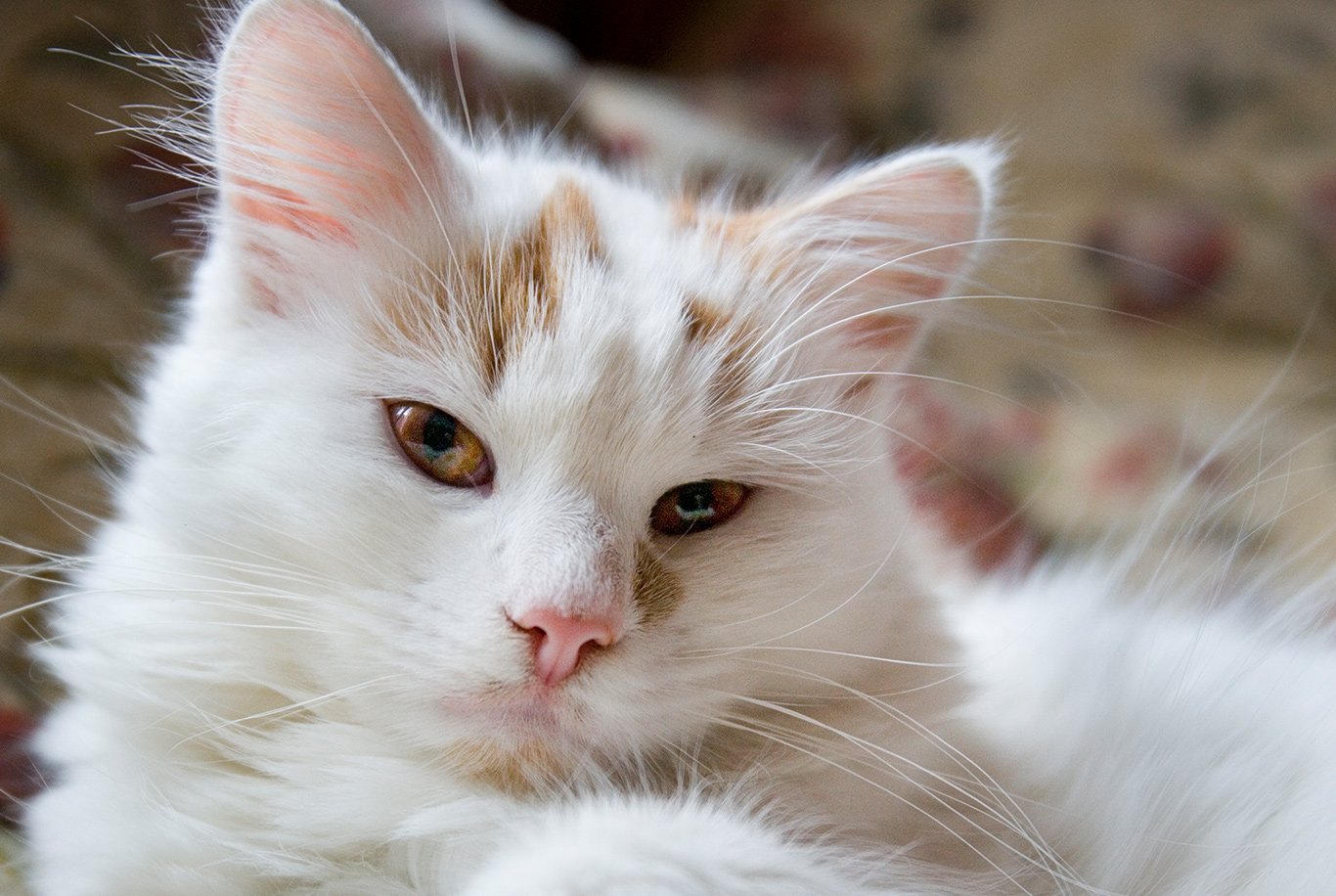
Turkish van nutrition
Turkish van is a breed of resilient and overall healthy cats. Turkish van cats are physically active, and they need more calories in their diet. Cats are carnivores by nature, so they need a significant amount of animal protein in their diet. Remember that cats never got accustomed to drinking still water and they get the majority of their daily fluid intake from their meal. Wet food can help you increase the number of fluids in your cat’s diet. A well-balanced diet will provide your cat will all necessary nutrients and will not require additional supplementation unless your vet states otherwise.
Exclusive Kattunge | Balanced dry food for kittens & mother cats
Opus Lynx | Complete, grain free nutrition for adult cats
Detailed description of German Shepherd
Turkish van is a medium-sized, well build cat that at a first glance resembles Turkish angora. Although both breeds originate from the same country, they differ quite significantly.
Genesis
The history of the breed begins in Turkey, where for years cats have been shaped by natural conditions of the environment. Living in close proximity of the lake Wan cats were forced to fish for their food, which resulted in a strong fascination with water. In 1950 the breed came to Europe, specifically Great Britain, where the first in history breeding programmes have been established. As the crossbreeding was prohibited in the breeding of Turkish van, modern-day Turkish van cats are directly connected to their Turkish ancestors. The breed is currently protected in Turkey and the breeding program is rigorous. In 1969 breed has been officially recognised by FIFe.
Appearance
At first glance Turkish van resembles Turkish angora. Turkish van cats are medium in size and build rather muscularly. The triangularly shaped head is adorned with ears that are wide at the base and slightly rounded at the tip. Turkish van cats fur is medium in length, silky, during spring and summer month completely lack the undercoat. During winter, to provide the cat with more protection against the cold, the fur gets thicker and more fluffy. One of the most distinctive features of this breed is most definitely the coat colour. Turkish van cats have white fur with coloured markings on their head and tails. The colourful fur cannot cover more than 20% of the cat’s body.


Behaviour
Turkish van is a breed of intelligent cats. You can teach them many tricks. Cats of this breed are quite lively and temperamental, with strong hunting instinct. Cats of this breed tend to stay physically active longer than most other breeds. These cats love to play, explore their surroundings. They are generally not afraid of strangers but tend to keep their distance. Turkish van cats usually form a tight bond with a single human. Turkish van cats are rather talkative - they have a vast collection of noises in their vocabulary to get their caretakers attention.
Requirements
During autumn and winter, the coat of a Turkish van gets more fluffy and it is advised to brush your cat daily. This will greatly reduce the risk of hairballs forming in your cats digestive system. A strong hunting instinct requires a proper stimulation - Turkish van cats with gladly hunt outside. If you do not have access to a garden or a balcony, you can use your cat’s toys as bait and play with him. Turkish van cats love water - always keep an eye on your cat when playing in or in close proximity of water.
Daily care
Turkish van cats do not require any special care regime. During spring and summer, you can get away with brushing your cat once a week. Don’t forget the tail - long and bushy tail needs to be brushed from time to time. Turkish van cats have thick fur between their fingers - clean your cat’s paws to get rid of excess litter or any dirt. Don’t forget to trim your cat’s claws to prevent them from snagging on carpets and furniture.
 dr Anna Plummervet and blogger
dr Anna Plummervet and blogger



















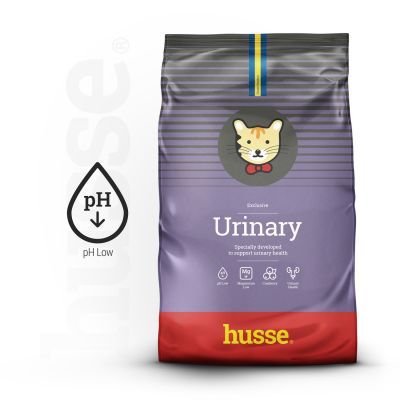
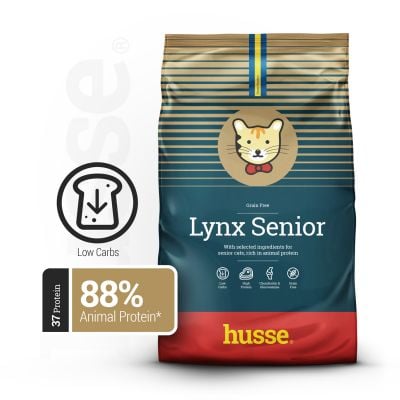



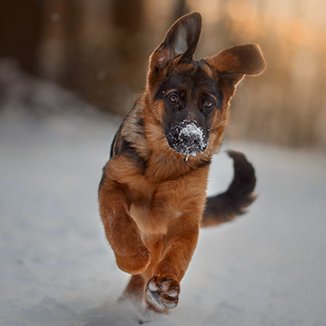 German shepherd
German shepherd Maltese
Maltese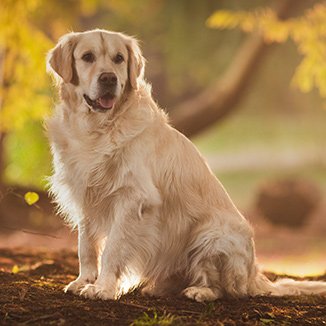 Golden retriever
Golden retriever Beagle
Beagle Rottweiler
Rottweiler Great Dane
Great Dane Poodle
Poodle Siberian husky
Siberian husky French bulldog
French bulldog Pug
Pug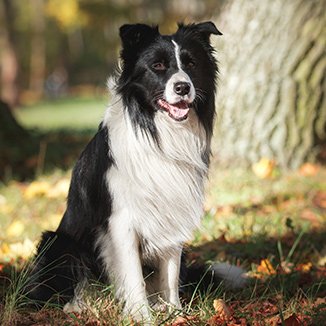 Border collie
Border collie Chihuahua
Chihuahua Pomeranian
Pomeranian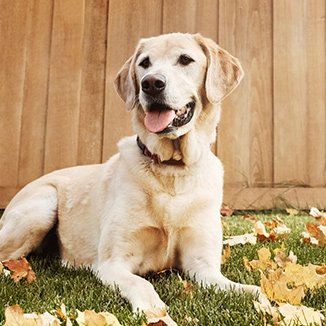 Labrador retriever
Labrador retriever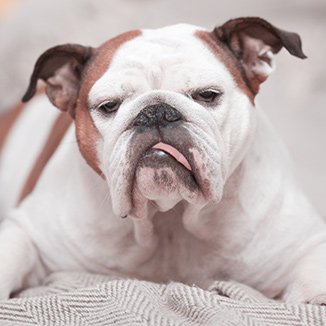 English bulldog
English bulldog Chow chow
Chow chow Samoyed
Samoyed Cane corso
Cane corso Doberman
Doberman Bernese Mountain Dog
Bernese Mountain Dog Cavalier King Charles Spaniel
Cavalier King Charles Spaniel Cocker Spaniel
Cocker Spaniel Dachshund
Dachshund St. Bernard
St. Bernard Maine coon
Maine coon Ragdoll
Ragdoll Persian cat
Persian cat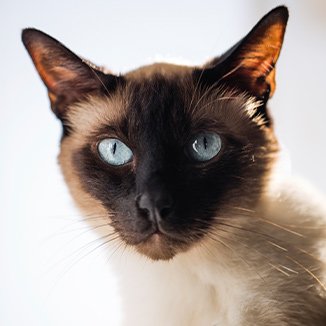 Siamese cat
Siamese cat Cornish rex
Cornish rex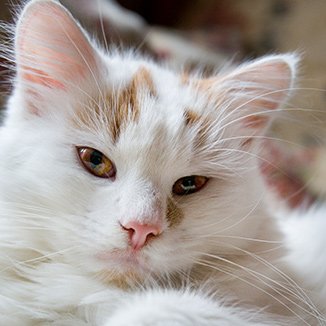 Turkish van
Turkish van Devon rex
Devon rex Scottish fold
Scottish fold Siberian cat
Siberian cat Selkirk rex
Selkirk rex British shorthair
British shorthair Bengal cat
Bengal cat



.png)





